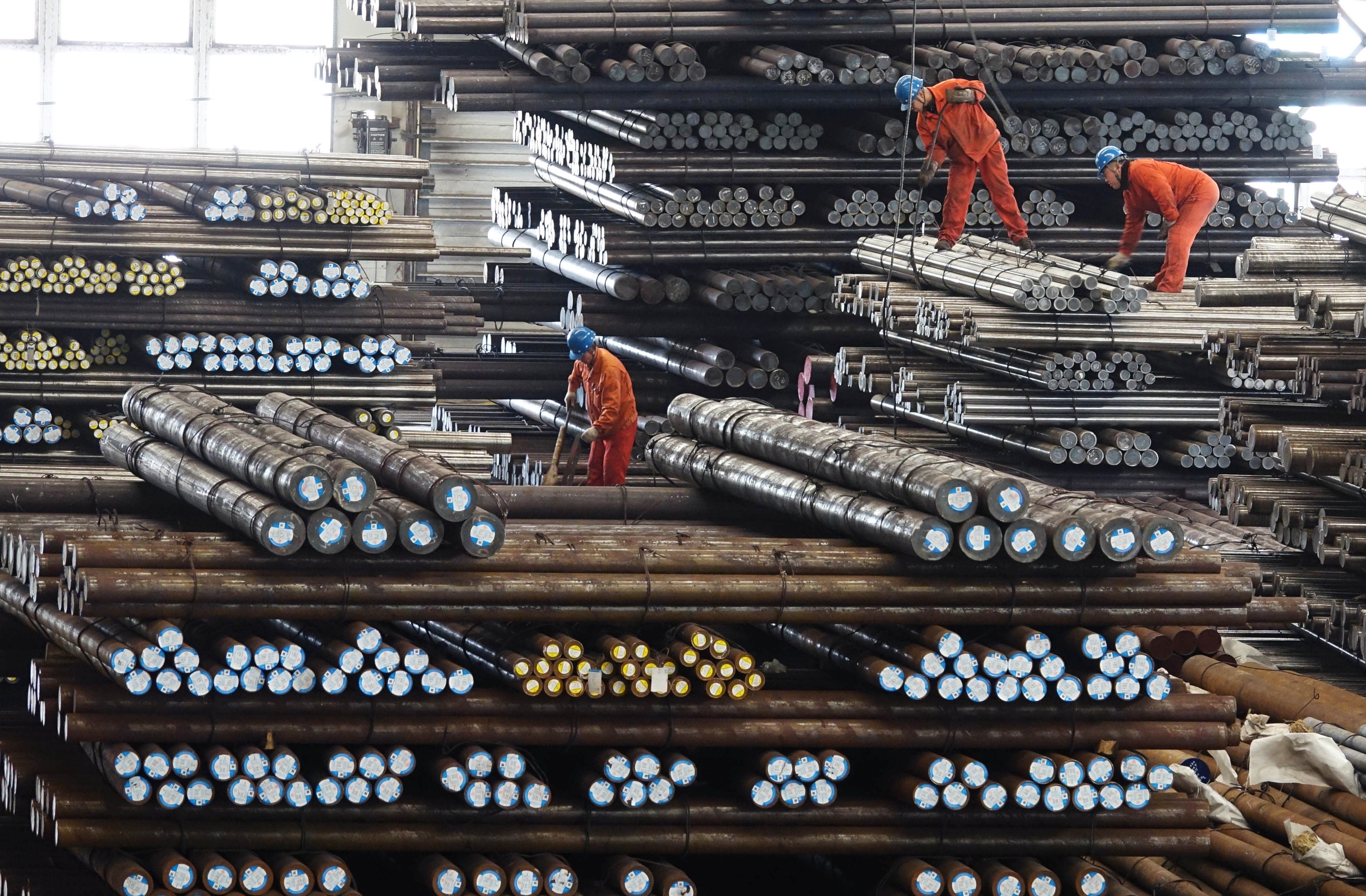Factory growth in Asia’s major manufacturing hubs showed signs of cooling last month as they braced for a rocky ride from rising global trade tensions, while the region’s key emerging markets grappled with accelerating inflation and a strong dollar.
Economies in export-reliant Asia continued to benefit from a synchronized uptick in world growth, though the Trump administration’s moves to slap tariffs on some of the US’s largest trading partners have stoked uncertainty about the outlook and rattled financial markets, Reuters reported.
The biggest risk for China’s vast manufacturing sector, which posted surprisingly steady growth this year, stems from a potentially crippling trade war with the United States, analysts say.
China’s private Caixin/Markit Manufacturing Purchasing Managers’ index published Friday was unchanged at 51.1 in May from April, indicating steady growth for factories in the world’s second-biggest economy, though new export orders fell for a second straight month.
A US trade delegation is in Beijing for a third round of talks between the two countries after Washington said it will continue to pursue action on Chinese imports, including tariffs on $50 billion of Chinese imports.
The risk is that a full-blown Sino-US trade war will ripple through global supply chains, hurting economies from Europe to Mexico through to Australia and Japan.
That danger was made all the more real on Thursday when the United States and its key allies announced tit-for-tat tariffs that sent a chill through financial markets, though some analysts said the tariff threats are likely a negotiating tactic.
JPMorgan Asset Management Global Market Strategist Hannah Anderson said “it’s unlikely these tariffs remain in place for long. The US strategy throughout this administration has been to make headline-grabbing moves in the lead up to negotiations, and then settle on more modest moves after negotiations.”
All the same, the global trade frictions put Asia’s export-dependent economies in a spot as the current growth cycle is showing signs of fatigue.
The Markit/Nikkei Japan Manufacturing PMI fell to a seven-month low of 52.8 for May, from 53.8 in April, with domestic business growth slowing and only a modest pickup seen in export orders.
South Korea, another major export hub, on Friday reported strong shipment growth in May. But a factory survey found that activity contracted for a third straight month as new orders continued to decline, prompting companies to cut staff at the fastest pace in almost a decade.
Other surveys found Taiwan’s factory growth slowed in May to a 22-month low for new orders, while Vietnam factories saw record growth in new exports.
“A further escalation of trade tensions between the US and China is the main risk to the outlook,” for Asian manufacturers, Capital Economics Asia Economist Krystal Tan said in a note.
Higher oil prices and a rising dollar have hammered emerging market currencies globally of late, with trade friction and heightened geopolitical uncertainties around North Korea and Italy adding to pressure.


